Epidemic prevention and elimination of sanitation kitchen waste disposal station
Date:2020-04-23
①Prevention and control characteristics and risk points
The kitchen waste treatment plant only accepts household kitchen waste, kitchen waste and other kitchen waste. It is strictly forbidden to receive epidemic medical waste and sick and dead livestock. Food waste entering the factory has hidden dangers such as masks and other virus sources used by people who are infectious or in close contact with the virus incubation period, and the flow, dust and aerosols during the collection and transportation of food waste, and the aerosols during the treatment process There may be hidden dangers of virus spread, and there may be bacteria in the sewage.
②Prevention and control requirements
In order to avoid the spread of the virus through the collection and transportation of food waste, to avoid the virus infection, cross-infection or cross-infection of personnel in the collection and transportation of food waste, and to ensure the normal operation of the collection and transportation of food waste, high attention must be paid to Prevention and control of epidemic situation in the collection and transportation of food waste.
2. Set up a factory working group for epidemic prevention and control safety production
Each kitchen waste treatment plant establishes a plant epidemic prevention and control safety production working group (hereinafter referred to as "prevention and control group"). The prevention and control group is composed of factory leaders, heads of various departments, and person in charge of collection and transportation. The main responsibilities are: Anti-epidemic safety production regulations; guide, coordinate, organize and supervise the epidemic prevention and control work in the plant area; carry out epidemic prevention and control knowledge publicity work; do a good job in the disinfection of the plant area; establish a plant employee WeChat liaison group and report the work health and other information in the WeChat liaison group daily To implement a "daily report" system for production safety.
3. Protection and management of collection and transportation operations
①The receiving and transporting staff conducts a body temperature test each time they go to and from work, and records that once the receiving and transporting staff has symptoms such as body temperature exceeding 37.3 degrees Celsius, fever, headache, cough, and fatigue, they must take decisive measures such as isolation and medical treatment Report the rent prevention and control in time, do not conceal the report, and do not take the sick to work.
②Receiving and transporting personnel should wear protective articles such as masks, protective clothing, goggles and gloves. Masks, gloves and protective clothing must not be taken off during operation.
③ Collection and transportation personnel need to use collection tools, and must not directly contact kitchen waste, and it is forbidden to pick it up by hand. Before and after the daily operation, the operator should disinfect the collection tools separately.
④The food waste collection barrels, collection points, and collection and transportation vehicles must be cleaned and disinfected before and after operation. When disinfecting and disinfecting, ensure that the inside and outside of the vehicle are effectively disinfected.
⑤ The vehicles for collecting and transporting food waste are equipped with disinfectants, and they should strictly follow the transportation route to avoid passing through the epidemic-prone areas and isolation.
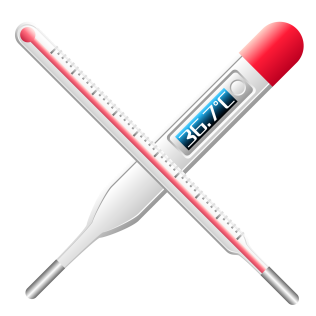
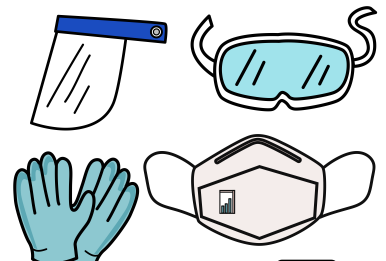
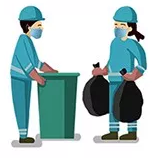
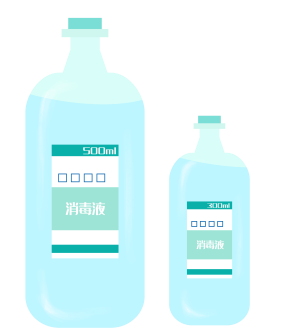
4. Management of incoming and outgoing personnel and vehicles
①Strictly manage the entry and exit of employees in the factory area. In principle, if there are living conditions, all employees in the factory must not leave the factory; if they really need to go out, they must report to the prevention and control group for review, and only after obtaining the consent of the prevention and control group. Those who return to the factory after going out should register where they are going, check their body temperature and pay more attention to it; if there is no living condition, the factory staff can only enter and leave the factory in the morning and evening and after work.
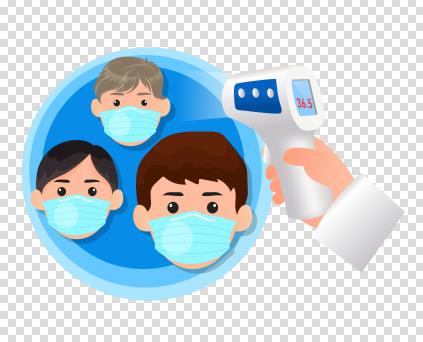
② Strictly manage the management of food waste collection and transportation vehicles and material supply vehicles. Drivers and entourage of food waste collection and transportation vehicles and material supply vehicles should be tested and recorded by guards, and necessary disinfection should be carried out. Normal temperatures and masks should be worn before entering the factory. Isolate and report to the prevention and control group in time.
③Strengthen the entry management of outsiders and vehicles. In principle, other outsiders and vehicles are not allowed to enter the factory; if it is really necessary, it should be recorded and reported to the prevention and control team for approval. At the same time, it can be entered after being confirmed by the counterpart reception staff and wearing a mask; And report personnel information to the plant prevention and control group.
5. Protection and management of plant personnel
①Employees in the factory will conduct body temperature test every morning and evening and make records. Once employees have symptoms such as body temperature exceeding 37.3 degrees Celsius, fever, headache, cough, and fatigue, they should take decisive measures such as isolation and medical treatment, and report to the prevention and control team in a timely manner. No report shall be concealed, and no sickness shall be brought to the post.
②Operators and disinfection operators in the factory area should wear medical protective masks/medical surgical masks/N95 masks, protective clothing, goggles, long rubber gloves, work clothes, rain boots, hard hats, safety shoes, etc. Articles; other office employees and foreign visitors must wear masks in all public places. Masks should be replaced and handled in time.
③Strengthen the management of key protective areas such as unloading area, pretreatment area, sewage collection tank, etc. Strengthen labor protection measures for personnel in the above areas, requiring all personnel entering the discharge area, pretreatment area, sewage collection tank to wear hospital protective masks/medical surgical masks/N95 masks, protective clothing, goggles, gloves, rain boots, hard hats And other protective items.
④Persons entering or leaving the key protection area need to do the disinfection or proper disposal of personal protective items. They should change the operation equipment in the designated changing place, wash their hands and face before entering the production office area.
⑤Shoes for key protection areas must be dedicated and placed in designated areas, and it is forbidden to enter the production office area.
⑥Reusable goggles, gloves, work clothes, etc. use disinfectant with an effective chlorine concentration of 200mg/L after soaking and disinfecting for 20~30 minutes, then clean and dry with clean water; special shoes in key protective areas need to be washed with a high-pressure water gun, Then disinfect, clean, and dry according to the above method.
⑦ Discarded masks, paper towels, etc. in the factory area should be put into the designated container, and the daily production and daily cleaning should be disinfected before cleaning.
⑧ Carry out hand hygiene education for employees in the factory area. Various places are equipped with hand-washing faucets, hand-washing liquid, paper towels or dry paper towels, and encourage employees to develop the habit of washing hands frequently.
⑨ Ventilation and disinfection of dormitory, office, canteen and other places. Avoid gathering activities, adopt decentralized dining methods such as cross-peak dining, one-person-one-table dining, packaged dining, etc. It is recommended to wash and disinfect hands before meals, and do not talk during meals.
6. Protection and management of production in the factory
① Do a good job in the management of the food waste entering the factory, and register the source of the food waste entering the factory (specifically to the street or community).
② Minimize operator contact with production equipment as much as possible; before equipment maintenance and repair, use disinfectant with an effective chlorine concentration of 2000mg/L for disinfection. The kitchen waste receiving equipment and pretreatment facilities should be disinfected once a day.
③ The deodorizing system must be kept in continuous operation, and the discharge area and pretreatment workshop should maintain negative pressure for 24 hours. Conditional facilities should use a deodorizing process that effectively inactivates viruses.
④While the sewage in the plant area is co-treated with other facilities, it should be disinfected before the co-treatment.
⑤ If the kitchen waste treatment plant is disposed of with the faeces, in principle, it will only receive faeces produced in places other than home isolation personnel, centralized isolation observation points and designated medical institutions.
7. Disinfection requirements of the factory
①Disinfect the production office area
1. Frequency regulations: disinfect once a day in the morning and evening, and kill each time according to "from inside to outside, then from outside to inside" twice.
2. Operation requirements: The key parts such as door handles, stair handrails, elevator buttons, conference room countertops, tables and chairs, air conditioning remote control, projector remote control, faucets, toilets, toilets, office floors, etc. need to be disinfected .
3. Operation specification: Dispose disinfectant with effective chlorine concentration of 500mg/L for wiping.

②Disinfection of the canteen area
1. Frequency regulation: wipe once a day in the morning, middle and night, or arrange the number of wipes reasonably according to the meal batch.
2. Operation requirements: Disinfect the table, chairs, ground and other parts. The canteen of the factory area is equipped with ultraviolet disinfection lamp or ultraviolet light tube, and after the meal is completed, the ultraviolet disinfection of the air in the confined space of the canteen is not less than 60 minutes.
3. Operation specification: Configure disinfectant with effective chlorine concentration of 500mg/L for scrubbing.
③ Disinfection of food waste transportation vehicles
1. Frequency regulation: The vehicle needs to be disinfected when entering and leaving the factory, once each.
2. Operation requirements: Sterilization operations are required around the vehicle and the container loading entrance.
3. Operation specifications: Disinfectant with effective chlorine concentration of 2000mg/L is used for disinfection, focusing on disinfection of vehicle tires and container loading ports. The disinfection is subject to slight humidity at the spraying site, and the amount of spray is 200~300mL/㎡.
④ Disposal of food waste and disinfection in the transportation area
1. Frequency regulation: Disinfect every 2 hours during unloading.
2. Operation requirements: from the food waste into the factory transportation road to the unloading platform and other areas, the ground, unloading door and surrounding wall must be disinfected.
3. Operation specifications: Disinfectant with effective chlorine concentration of 2000mg/L is used for disinfection, focusing on disinfection of the ground and the discharge door and surrounding walls. The disinfection is subject to the slight humidity of the spraying place, and the amount of spray is 200~300mL ㎡.
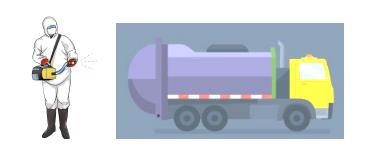
8. Requirements for protective materials and disinfection management in the factory area
①Protective materials (including masks, gloves, rain boots, protective clothing, goggles, hard hats, hand sanitizers, disinfectants, thermometers, etc.) are set up for special management, equipped with sufficient common drugs, first aid kits and equipment, and Arrange emergency vehicles.
② The application for protection materials must be applied to the prevention and control group, and the application can only be made after the application is approved. No personnel or any department shall take the protective materials in the factory area without permission.
③ The kitchen waste treatment plant should guarantee at least one week's protective material reserve, otherwise it should be reported to the relevant local authorities in time.
④ Designate a special person to operate the disinfection and make disinfection records;
⑤ Designate a special person to configure disinfectant, manage disinfection medication and disinfection tools (sprayers, etc.).
⑥Strengthen the management of disinfectants and other disinfection supplies to ensure safe use.
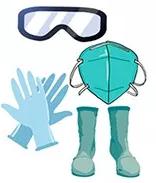
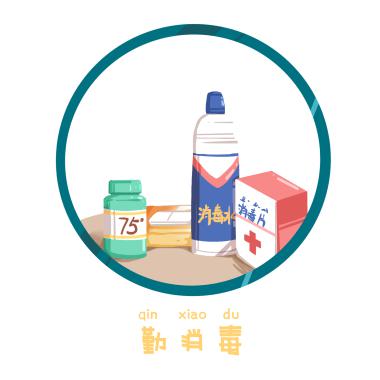
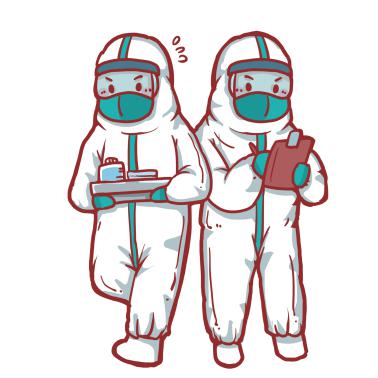
9. Protection and management of decentralized kitchen waste disposal stations (points)
① The decentralized food waste disposal station (point) shall not receive food waste generated by the house isolation observers, centralized isolation observation points and designated medical institutions.
②Operators and disinfection operators of decentralized kitchen waste disposal stations (points) should wear medical protective masks/surgical surgical masks/N95 masks, protective clothing, goggles, long rubber gloves, work clothes, rain Protective items such as rubber boots, hard hats, safety shoes, etc., masks should be replaced and handled in time.
③ Before and after the daily operation of the decentralized kitchen waste treatment station (point), use disinfectant with an effective chlorine concentration of 1000~2000mg/L to spray and disinfect the equipment, walls, ground and surrounding environment once. The amount of spray is 200~300mL/㎡.
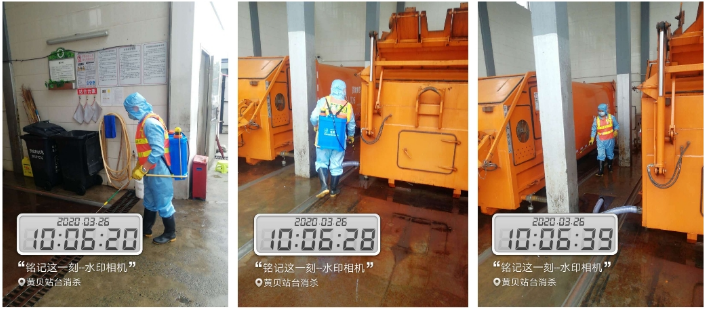
Site killing job
- Previous:Cleaning, collecting and transporting operations
Next:返回列表 - Return


